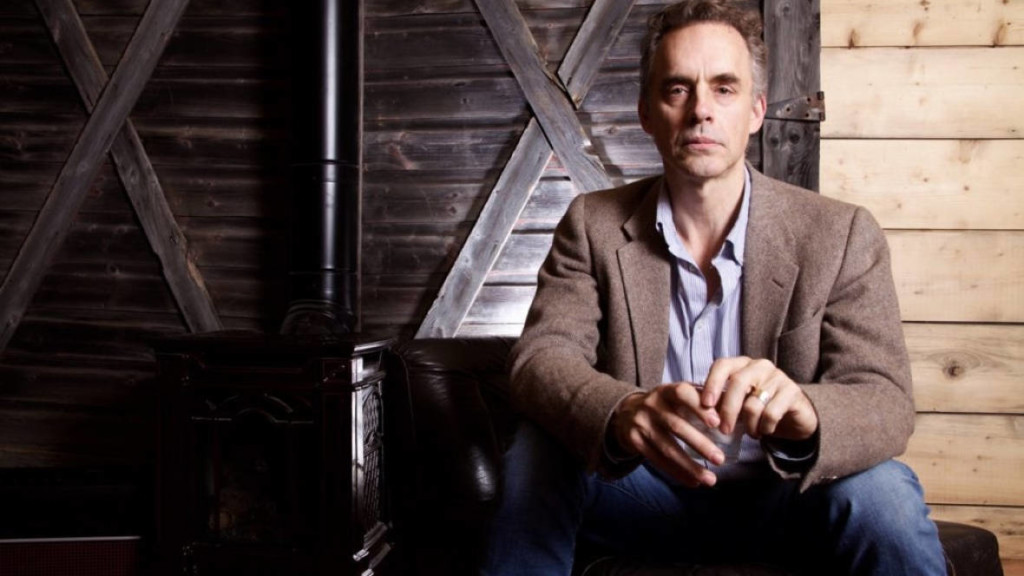[The following is from the program notes from our last celebration of Solemn Vespers.]
Saint Gregory the Great is one of the few late Western Fathers whose works were also highly esteemed in the Christian East. There, he is known as “Dialogos,” the writers of the great Dialogues. One-quarter of this famous collection of the lives of saints is given over to Saint Benedict, which means that Gregory holds a special place in Benedictine monasticism.
